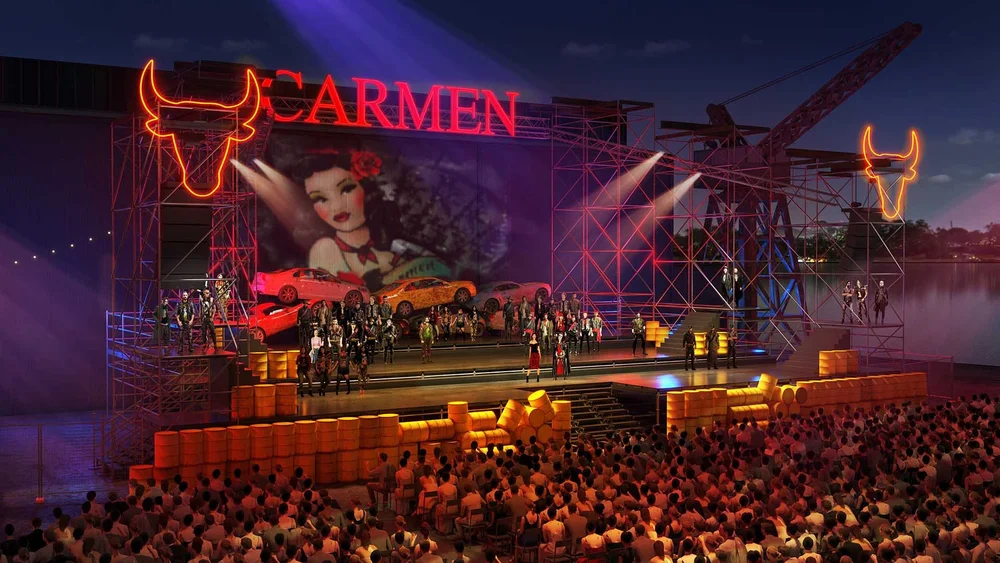Community, Leadership, Experimentation, Diversity, & Education
Pittsburgh Arts, Regional Theatre, New Work, Producing, Copyright, Labor Unions,
New Products, Coping Skills, J-O-Bs...
Theatre industry news, University & School of Drama Announcements, plus occasional course support for
Carnegie Mellon School of Drama Faculty, Staff, Students, and Alumni.
CMU School of Drama
Friday, January 20, 2023
Linguistic Diversity in Opera via Technology: A Case Study of Opera Australia
AMT Lab @ CMU: Dated to 1722, the first American opera house (named, “The Playhouse”) is believed to have been constructed in Williamsburg, Virginia– which served as the nation’s capital between 1699 and 1780. A majority of performers in the first half of the eighteenth century were from England, and performed translated works from Italy and Germany.
Subscribe to:
Post Comments (Atom)

1 comment:
Personally, I believe that language can be a big barrier to enjoying a performance. I remember watching Wicked as I kid when they toured in China and feeling as if I only saw a half of the show because I keep having to look at the screens for subtitles. I have also recently watched Madame Butterfly perform in Italian in Taiwan. The frustration with translation was similar but I still appreciated the opera being performed in its original language. I think the points in this article are correct that we shouldn’t eliminate the diversity of languages in performances just because we worry that the audience won’t be able to understand. I feel that the focus should be on how to use other elements to best weaken the language barrier. For example, maybe the program handed pre-show should include a clear synopsis; or maybe the designs help facilitate the story's telling. Either way, I think the article brings up an interesting topic and something all theatre companies need to be aware of.
Post a Comment